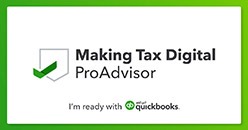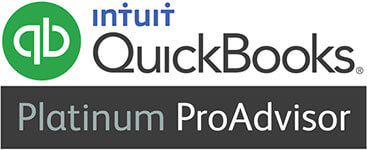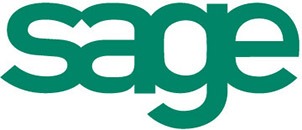When Spotify’s founder Daniel Ek announced he would step down as chief executive, it captured headlines. After nearly 20 years at the helm of one of Europe’s most successful tech companies, he’s moving into the role of chairman and handing over day-to-day management to two long-serving deputies.
For most business owners, the scale and sums are very different – but the principle remains the same. At some point, you may decide (or need) to take a step back. That might be for retirement, to pursue new ventures, or simply to avoid burnout. The key question is: how can you prepare your business to continue thriving when you’re no longer in the driver’s seat?
1. Build a strong leadership team
Ek’s transition didn’t happen overnight. His deputies have effectively been running much of Spotify’s operations since 2023, so employees and customers were already accustomed to their leadership. In a smaller business, this could mean gradually giving trusted managers more autonomy. Allow them to make decisions – even if you might approach things differently. It’s better to resolve challenges while you’re still involved than to leave an untested team behind.
2. Distinguish ownership from management
Many founders assume stepping back means selling up, but that’s not always the case. Ek remains chairman and continues to shape long-term strategy, even though he’s no longer overseeing day-to-day operations. As a business owner, you could do something similar – retain your shareholding and stay involved at board level while appointing someone to manage daily activities. This allows you to benefit from the company’s growth without being tied to the operational grind.
3. Strengthen your systems and processes
The more your business depends on “what’s in your head”, the harder it will be for others to run it effectively. This can be difficult to spot, particularly if you like being hands-on. Ask yourself: how many daily decisions require my input? Could some of these be handled independently if procedures were properly documented? Up-to-date process guides, reliable accounting systems, and well-defined contracts with customers and suppliers can all make a big difference. The clearer your systems, the less uncertainty your team faces.
4. Redefine your own role
Ek is shifting his focus to strategy, capital allocation, and regulatory matters – long-term, high-level work where his experience adds the most value. This is a useful model for any founder. Consider which tasks truly require your involvement and which could be delegated. By stepping away from the daily firefighting, you can concentrate on the bigger picture and long-term vision.
5. Plan your communication with staff and customers
Spotify’s share price dipped after Ek’s announcement, a reminder that leadership changes can make people uneasy. Smaller businesses face the same challenge – employees may worry about their future, and customers might have concerns about service continuity. Clear, confident communication helps ease those worries. Explain your plan, express trust in your team, and reassure everyone that the business remains in capable hands.
A final thought
You don’t need to be leading a global tech giant to learn from this example. Every founder faces the decision of how long to remain hands-on. By planning your own transition early, you can make your business more resilient, preserve its value, and create space for your next chapter.









